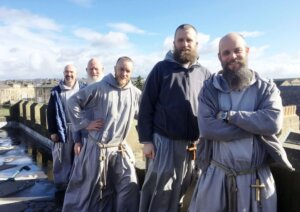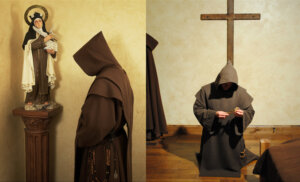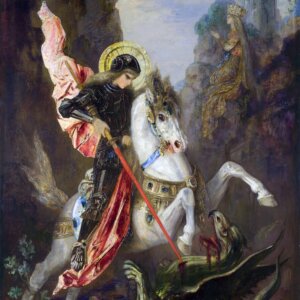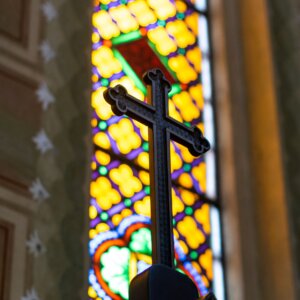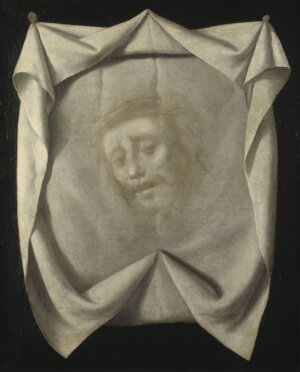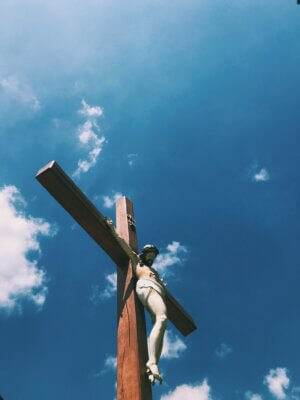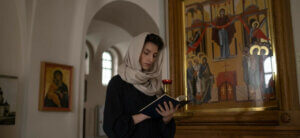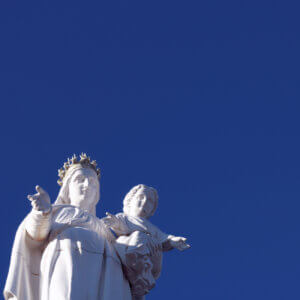We often call any man wearing a religious habit a “monk.”
But we’ve also heard the term “friar.”
Is a monk the same as a friar? Can we call a Franciscan a “monk,” or a Cistercian a “friar”? Was St. Francis of Assisi a monk, for example?
The answer to all of the above is: no!
The answer is rooted in the categorization of the Church’s religious orders (both male and female) into two main groups: active and contemplative.
Both types of orders follow a religious “rule”; both take vows of poverty, chastity, and obedience; both wear habits; both live in community.
For the male orders, priests can be found in their ranks, taking their orders from their superior rather than the bishop of the diocese, as diocesan priests do.
However, as part of their service to God, active orders go out into the world and perform a particular work, be it teaching, preaching, running hospitals, serving the poor, or some other labor or combination of labors. The members of these orders can also be moved about from place to place as their superior assigns them and as the needs of the order dictate.
Dominicans, for example, are a teaching order and can often be found running schools and universities. The men in such active orders are known as “friars.”
The main work of contemplative orders, on the other hand, is a hidden life of prayer and penance. They are attached to a particular monastery and generally remain there throughout their lives, following a regulated schedule of prayer and work—ora et labora, as the Benedictines would say.
Speaking of Benedictines, they actually take an additional vow of stability, which illustrates the importance of this reality to the contemplative life. The men in these orders are known as “monks.”
Sometimes a contemplative community is “cloistered,” that is, enclosed, and the members have very limited contact with the outside world. You can often attend Mass or prayers at these communities, but the members will be separated by a “grill.” An awe-inspiring example of an enclosed community is the Carthusian Order, founded by St. Bruno in France in the 11th century.
Although the main mission of these contemplative orders is prayer, you might ask what the labora part of their life includes, if they don’t go out into the world as active orders do. Well, it varies. In addition to maintaining the monastery buildings and grounds, the work of these orders can include projects such as publishing books, recording sacred music, crafting sacramentals, hosting pilgrims and travelers, and of course, brewing some of the world’s finest ales and liqueurs.
Although our lives as lay people differ from those of both monks and friars, we are called to unite with them in prayer. A wonderful way to do this is to join them—in our own small way!—in praying the Liturgy of the Hours. Adapted to fit the schedule of laypeople, Shorter Christian Prayer is an abbreviated version of the Hours including Morning and Evening Prayer. Available today at The Catholic Company!
